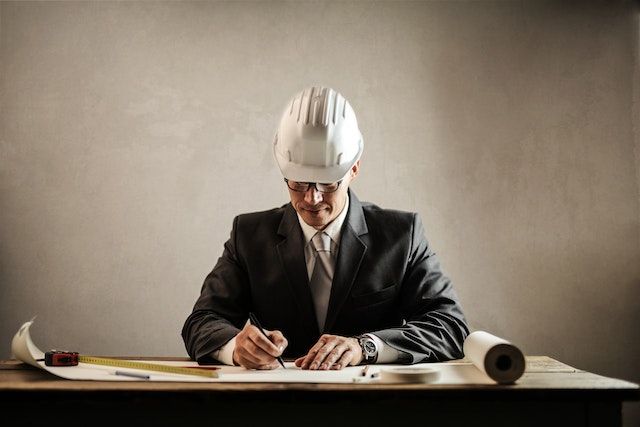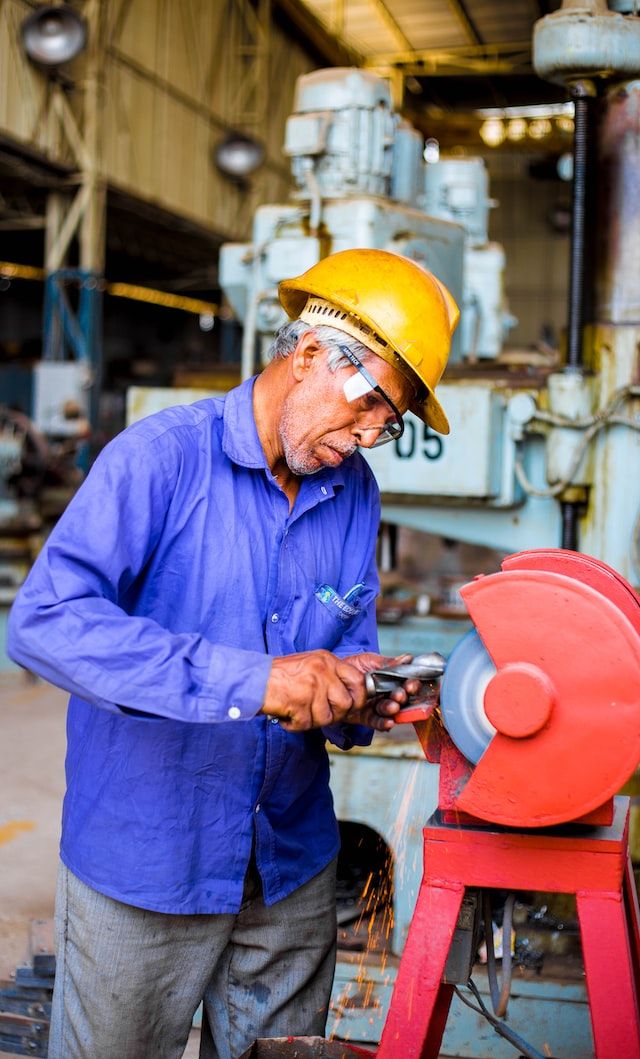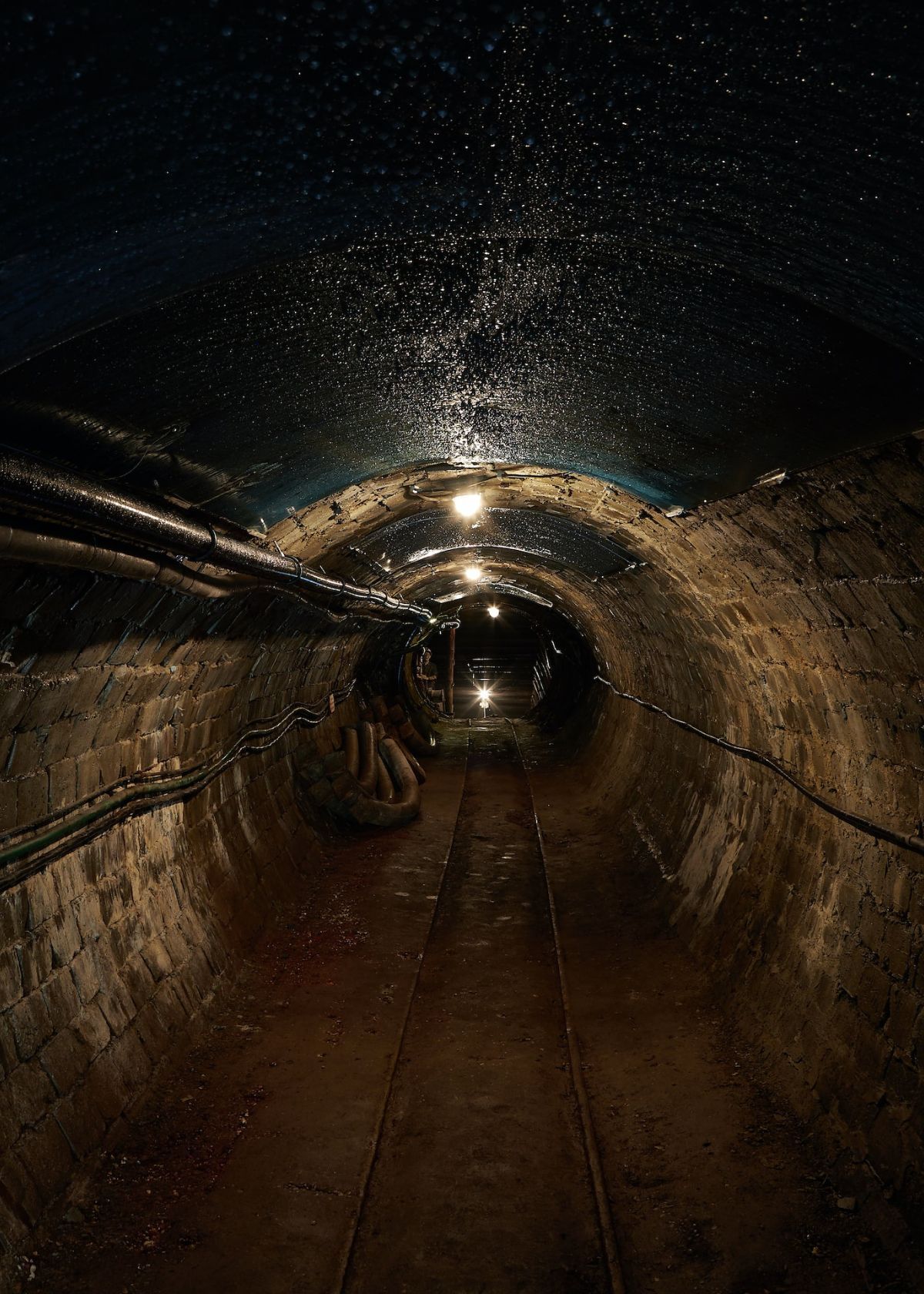Heads Up: Do Hard Hats Have An Expiration Date? Find Out The Truth!
It's time to check yourself before you wreck yourself. Get educated on Hard Hat expiration dates and what it means for your safety.

Ever wonder when your hard hat just isn’t up to the job anymore?
Hard hats may look identical, but they differ in expiration dates! Regular inspections and good practice are key to staying safe on the job. To make sure you don’t get caught out with a dated hat, there are some things we can all do to keep our heads above water when it comes to hard-hat safety.
We want everyone working in hazardous environments to feel protected and confident, so let us help you find out whether or not it's time for another trip to the store for a new headwear essential!
If you want peace of mind about your current protective headgear - read on to keep yourself and others as safe as possible.



Benefits Of Hard Hats
Hard hats are required when working in areas where there is a potential for injury to the head from falling objects. In addition, hard hats designed to reduce electrical shock are required when working near exposed electrical conductors that may contact the head.
They are worn in workplaces to protect the head from collision impact and debris among other hazards. As one of the most resilient types of personal protective equipment, hard hats are proven means of saving lives in the workplace.
Hard hats also provide insulation against heat in hot climates and cold in cold climates. Wearing hard hats can reduce noise levels by acting as a soundproof barrier between the wearer and loud environments such as job sites or construction areas.
How Do Hard Hats Protect You
There are a variety of ways this simple device can prevent injuries.
The first feature that most of us recognize immediately is the rigid shell designed to resist and/or deflect blows to the head. Think about falling objects striking the hard hat instead of the head. This is pretty simple to understand, right?
The second feature, the suspension system, is also pretty apparent but is sometimes not completely understood. This system is designed to be a sort of shock absorber maintaining a safe distance between the head and the shell; approximately an inch to an inch and a half.
However, employees will occasionally use this area to store such things as cigarettes, lighters, keys, etc. This defeats the purpose of the safety zone and may lead to a serious injury if these stored materials are forced into the skull in the event the hard hat is struck by a falling object.
The third feature is to serve as an insulator against electrical shock. However, not all hard hats provide this protection and those working with or near electrical hazards must ensure they have the properly rated hard hat prior to beginning work.
The fourth feature of a hard hat is often overlooked. Hard hats can prevent splashes, drips and or spills from touching your scalp. In addition, the brim helps to prevent spilled or splashed liquids from running into your eyes. Therefore, wearing the hard hat with the brim to the back renders this feature useless.
Do Hard Hats Expire
There is an expiration date on every hard hat (also known as a maximum lifespan). Hard hats can only be worn until this date, which was determined by the manufacturer.
If you look at the label on your hard hat, you will notice that there are two numbers. The first number refers to the year that the manufacturer guarantees their product’s safety. The second number refers to the year that they recommend replacing the hat (even though it may still be safe).
These recommendations are based on the fact that after several years, the material used in constructing hard hats can become brittle and not as effective as they once were.
It is important to note that this does not mean your hat will stop working immediately after passing its recommended replacement date, but it may not provide as much protection against falling objects as it did when it was new.
The ANSI standard for hard hats, ANSI Z89.1-2009, has a section on testing and quality control that addresses the issue of expiration dates.
The standard says that a hard hat is not expired until it can be shown that it has failed in normal use or testing. This means that if you’ve got a hat with a visible expiration date, it’s not necessarily time to replace it.
The ASTM F1447 standard, which is used by the U.S. Department of Labor and other government entities, states that “it is recommended that the employer follow a policy of replacing hard hats at least once every 5 years or when the date code indicates the hat has been in use for 5 years or longer.”



Hard Hat FAQs
You’re probably wondering if your hard hat expires and when it does, how you can tell.
It's hard to know when your safety gear expires, especially since most of us don't use them everyday.
We've got the answers to all of your questions about do hard hats expire right here.
How long does a hard hat last?
A hard hat typically lasts for a period of 2 to 5 years, depending on the quality, usage, and environmental factors it is exposed to. However, the suspension system within the hard hat requires replacement every 12 months.
Factors such as exposure to extreme temperatures, chemicals, and the frequency of use can influence the hat's durability. Hard hats should be inspected regularly for signs of wear, cracks, or other imperfections that may compromise their effectiveness in providing head protection.
If any damage is observed, the hard hat must be replaced immediately to ensure safety and compliance with safety regulations.
When should I replace my hard hat?
You should consider replacing your hard hat under three significant circumstances. First, if it has sustained any visible damage, such as cracks or dents, which can compromise its structural integrity and protective capabilities.
Second, if it has been exposed to extreme temperatures, chemical corrosion, or ultraviolet light for prolonged periods, these factors can weaken the materials and reduce their effectiveness. Lastly, it is generally recommended to replace hard hats every 3 to 5 years, even if they appear undamaged, to account for potential wear and tear that may not be visibly evident.
Always consult the manufacturer's guidelines and adhere to workplace safety regulations when determining the appropriate time to replace your hard hat.
How do I know when my hard hat expires?
The lifespan of a hard hat is determined by its manufacturer and the type of helmet. Generally, it is recommended to replace a hard hat every five years to ensure optimal safety protection. Some manufacturers have expiration dates printed on their helmets or include stickers that indicate when the helmet needs to be replaced.
It is important to inspect your hard hat periodically for signs of wear and deterioration such as dents, cracks, fading, fraying straps or webbing, and loose rivets or fasteners. If any of these conditions are present, it is time to replace your helmet immediately.
What are the signs that a hard hat needs to be replaced?
Signs that a hard hat needs to be replaced include visible cracks, dents, or any deformations on the surface; indicators of UV degradation such as fading, brittleness, or flaking; and damaged or worn suspension systems.
If the hard hat has experienced a significant impact or has exceeded its recommended service life, typically 5 years, it should be replaced to ensure optimal safety and protection. A thorough inspection should be conducted regularly to identify these signs and assess the overall integrity of the hard hat.
In conclusion, hard hats do expire and it is important to check the expiration date on them regularly.
It is best practice to replace a hard hat if any signs of damage or wear are noticed, as well as when the expiration date has passed.
Hard hats are essential for protecting workers in hazardous environments, so make sure you have a reliable and up-to-date head protection device to stay safe!
We've done the research so you don't have to! To browse our Top Picks for Best Hard Hat Lights please click the link below!

Your Friends,
LoveNatureReviews Team





